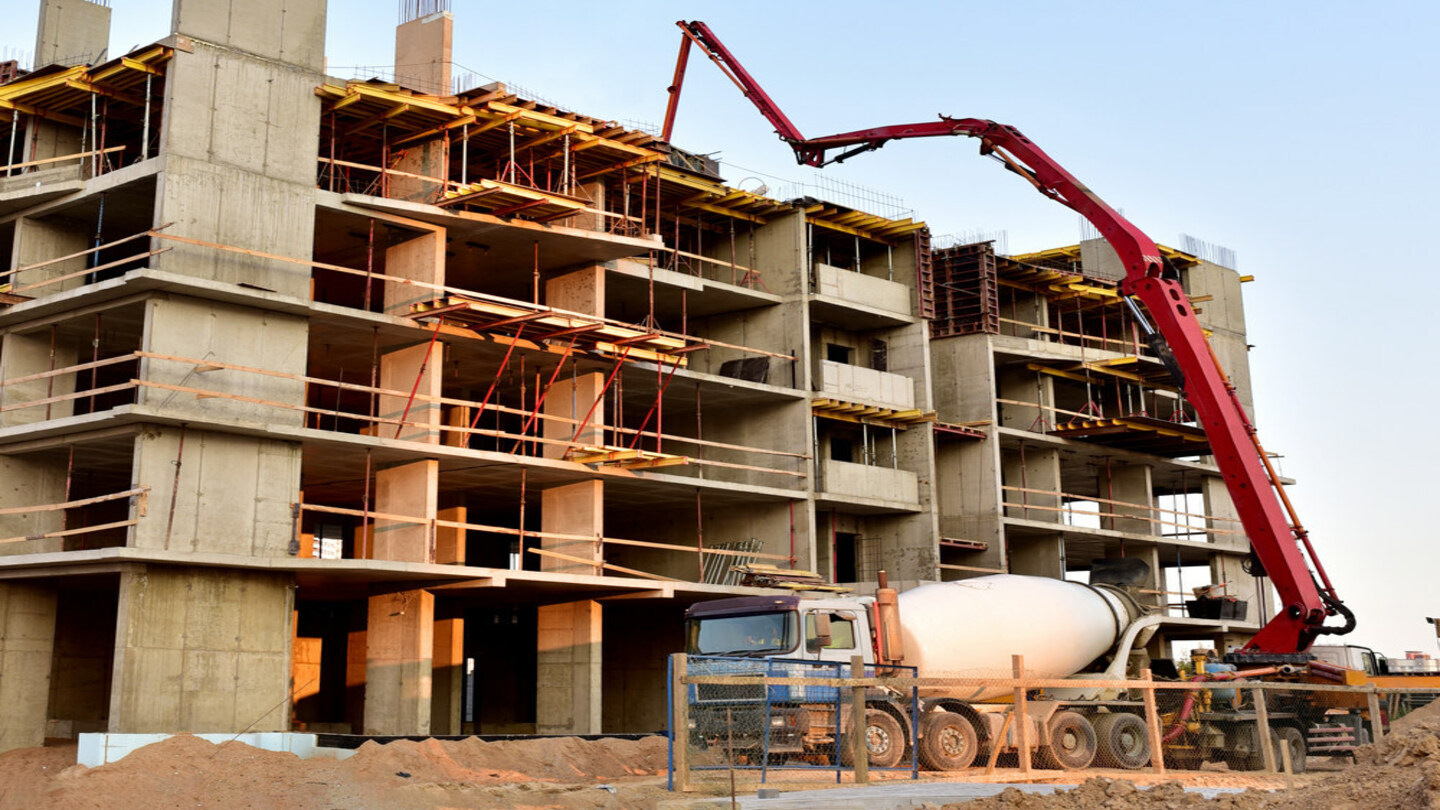
C-Crete Technologies has received $2m in funding from the US Department of Energy (DOE) to develop a cement-free, ready-mix, carbon-negative concrete.
Currently, the company is developing a technique to incorporate carbon dioxide (CO₂) sourced from industrial emissions or the atmosphere as a component in the concrete product.
The CO₂-incorporated product is expected to become the industry’s first pourable concrete to achieve this milestone.
The effort comes after C-Crete debuted its cement-free concrete in a commercial building project in Seattle, US.
C-Crete founder and president Rouzbeh Savary said: “We are committed to crafting a cement-free, ready-mix, carbon-negative concrete that doesn’t just mitigate carbon emissions but actively contributes to reversing climate change.
“Our aim is nothing short of revolutionising this hard-to-abate, carbon-heavy sector of the construction industry.”
The company aims to employ CO₂ in its diluted state to remove the expensive process of separating it from other gases.
The diluted CO₂ will strengthen the new material when mineralised, enhancing its overall durability and toughness.
C-Crete’s innovation centres on its patented, eco-friendly binder technology, which uses local materials as feedstocks.
This binder emits minimal CO₂ during production and also absorbs it over time.
Heatherwick Studio technical design lead Stuart Macalister said: “C-Crete’s sequestration of CO₂ into cast-in-place concrete is another aspect with huge potential.
“The consensus amongst climate scientists is that even if we do everything else right to reduce emissions, the world still needs to remove gigantic amounts of CO₂ from the atmosphere.
“Direct-air capture of CO₂ is very expensive currently, so other methods, such as those being developed by C-Crete, are vitally important.”



